Do you have a question about the Samsung LE32D400 and is the answer not in the manual?
Details on digital TV format reception and compatibility with broadcast standards.
Advice on preventing screen burn-in from static images and recommendations for optimal display settings.
Guidelines for ensuring proper ventilation and clearance around the TV for safe operation.
List of items typically included with the TV and instructions for missing items.
Explanation of the TV's physical control buttons and their functions.
Information on power consumption in standby and recommendation to unplug the cord.
Detailed explanation of each button on the remote control and its corresponding function.
Step-by-step guide for inserting batteries into the remote control.
Instructions for connecting the TV to a broadcast antenna for signal reception.
Guide to the initial automatic TV setup process, including language, country, and channel tuning.
Procedure to reset the TV's PIN number if forgotten.
Instructions for connecting devices via HDMI, including compatibility notes and cable recommendations.
Guide for connecting devices using a SCART cable and supported modes.
Steps for connecting headphones to the TV and notes on audio output.
Instructions for connecting a PC via HDMI or HDMI to DVI, with audio considerations.
Table listing supported display resolutions and frequencies for PC connection via HDMI/DVI.
Important considerations for HDMI/DVI cable usage, including port selection and interlace mode.
How to select and switch between various input sources connected to the TV.
Guide on renaming input sources for easier identification.
Instructions for inserting and using a Conditional Access Module (CI/CI+) card for paid channels.
How to use the TV's built-in electronic manual via the remote or menu for feature information.
Explanation of the e-Manual screen layout, category selection, and topic browsing.
Methods to switch between e-Manual topics and corresponding TV settings menus.
How to browse through topics, navigate pages, and use the zoom function within the e-Manual.
Guide on using the index feature to find specific topics within the e-Manual.
General instructions for mounting the TV on a wall using a separately sold kit.
Details on VESA mounting standards, screw sizes, and compatibility for wall mount kits.
Solutions for typical TV problems like no power, no picture, or remote control malfunction.
Information on keeping the TV's firmware up-to-date via USB from the Samsung website.
Notes on the nature of LCD panels and the possibility of bright or dark pixels.
Highlights of the TV's capabilities, including digital interface and networking.
Safety instructions and steps for installing an anti-fall device to prevent the TV from tipping over.
Guidelines for cleaning the TV screen and product body safely.
Specifies operating and storage conditions for temperature and humidity.
Details on supported TV systems, color/video systems, and sound output specifications.
Technical specifications for HDMI input and display resolutions for specific models.
Physical dimensions and weight of the TV models, with and without stand.
| Screen Size | 32 inches |
|---|---|
| Resolution | 1366 x 768 pixels |
| Display Type | LCD |
| HDMI Ports | 2 |
| USB Ports | 1 |
| HD Technology | HD Ready |
| Aspect Ratio | 16:9 |
| PC Input (D-Sub) | Yes |
| Component Input (Y/Pb/Pr) | 1 |
| Composite Input (AV) | 1 |
| RF Input (Antenna) | 1 |
| Headphone Jack | Yes |
| Built-in Tuner | Yes |
| Power Consumption (Standby) | 0.3 W |
| Sound Output | 20 W |

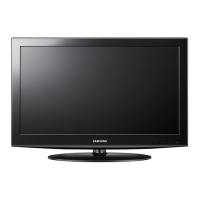

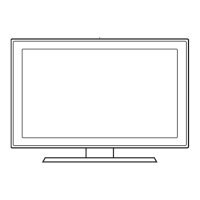

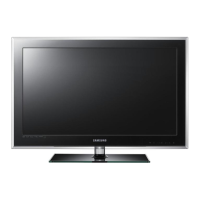


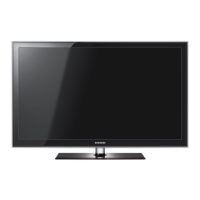

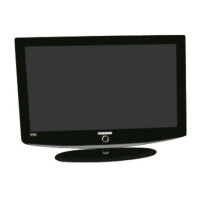
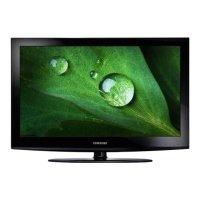
